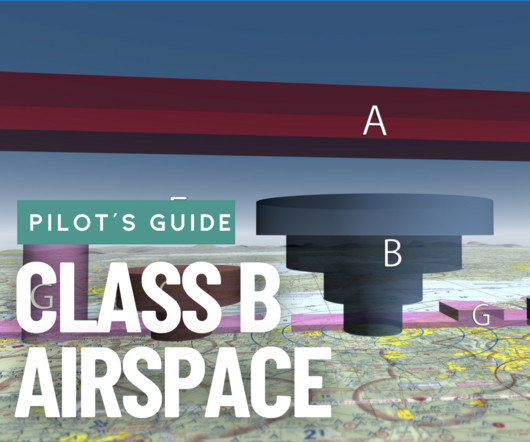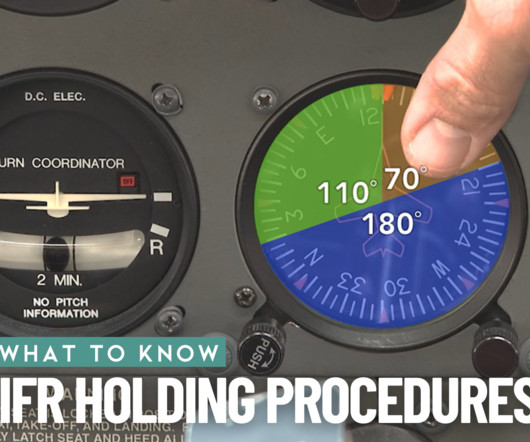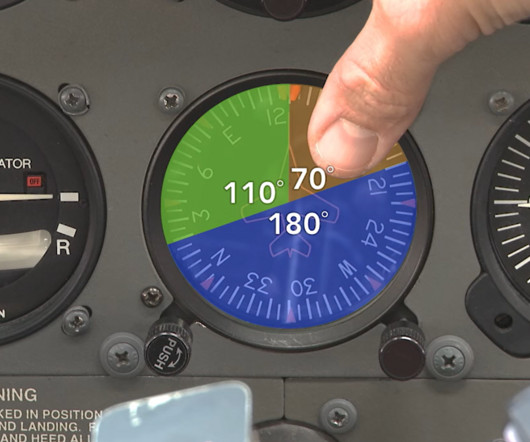Class B Airspace—A Pilot’s Guide
Flight Training Central
NOVEMBER 4, 2024
The shape of the surface area and layers are tailored to the individual airport and the instrument approach corridors to its runways. IFR operations require an operable VOR or TACAN receiver or a suitable RNAV system. As you move further from the primary airport, layers or shelves that start above the surface will be found.











Let's personalize your content